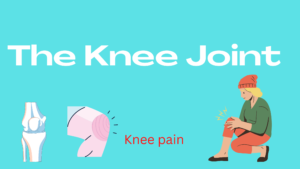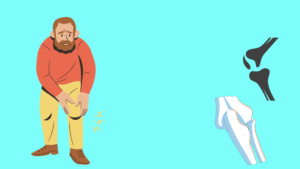
Knock knees is a condition in which the knees touch when standing straight with feet together. It can affect people of any age, but is most common in children. In most cases, knock knees is a harmless condition that does not cause pain or problems. However, in some cases it can be a sign of an underlying medical condition. Treatment for knock knees is typically not necessary unless the condition is causing pain or problems with walking.
What Are the Signs & Symptoms of Knock Knees?
Knock knees is a condition in which the knees touch when standing straight. The condition is more common in girls than boys and usually becomes apparent between the ages of 2-5 years old. In most cases, knock knees corrects itself as the child grows older and does not require treatment. However, if the condition persists into adolescence or adulthood, it may be necessary to see a doctor for treatment options.
The most common symptom of knock knees is the way the legs look when standing straight. The knees will touch and the feet will point outwards. This can often be noticed by parents when their child is standing or walking. Other symptoms may include difficulty kneeling down or sitting cross-legged.
If you suspect your child has knock knees, it is important to make an appointment with their doctor.
What Causes Knock Knees?

Knock knees is a condition where the knees point inwards when standing. It is common in young children, and usually disappears by the time they reach puberty. There are several possible causes of knock knees, including normal bone growth and development, genetic factors, and obesity.
Bone growth and development is the most common cause of knock knees in young children. As kids grow and develop, their bones change shape and size. This can cause the knees to turn inward temporarily. Most children outgrow this phase and their knees return to normal by the time they reach puberty.
There are also some genetic factors that can contribute to knock knees. If you have a family history of knock knees, you may be more likely to develop it yourself. Obesity can also be a factor, as extra weight puts additional pressure on the joints and can cause them to turn inward.
How Are Knock Knees Diagnosed?
Most children with knock knees have no pain or other problems. The condition is usually diagnosed when a child’s legs are examined for some other reason.
In some cases, knock knees may be due to an underlying medical condition, such as rickets. In these cases, the child may have other signs and symptoms in addition to knock knees.
If a child has pain or swelling in the knees, the health care provider will likely order X-rays to rule out other causes of knee pain, such as arthritis or a fracture.
How Are Knock Knees Treated?
Knock knees is a condition in which the knees touch when standing straight. The condition is usually diagnosed in childhood, but can also affect adults. There are several treatment options available for knock knees, depending on the severity of the condition.
Mild knock knees often do not require any treatment and will improve on its own as the child grows. For more severe cases, however, treatment may be necessary to prevent complications such as joint pain or deformity. Treatment options include orthotics, surgery, and physical therapy.
Orthotics are devices that are worn inside the shoe to support the foot and ankle. They can help reduce pain and improve alignment. Surgery is an option for severe cases of knock knees that do not respond to other treatments. It involves correcting the alignment of the bones in the leg. Physical therapy can also help improve symptoms by strengthening the muscles around the knee joint.